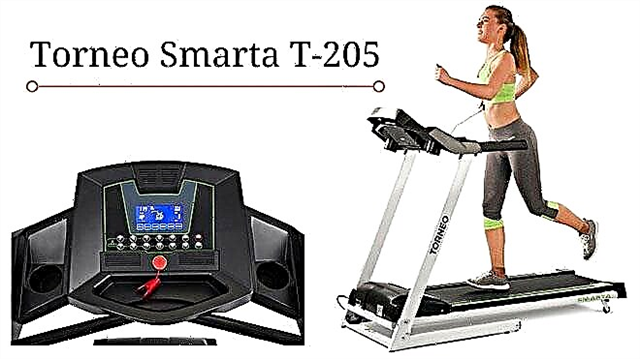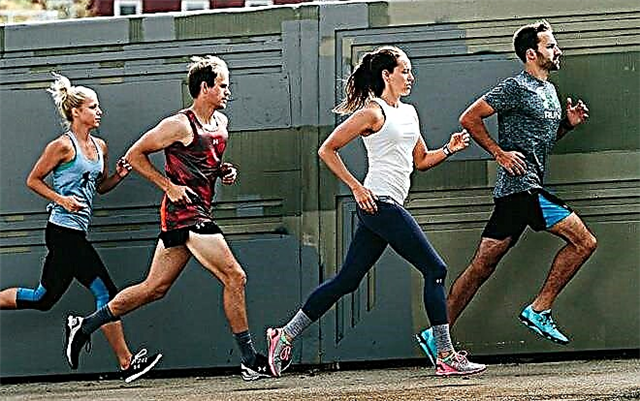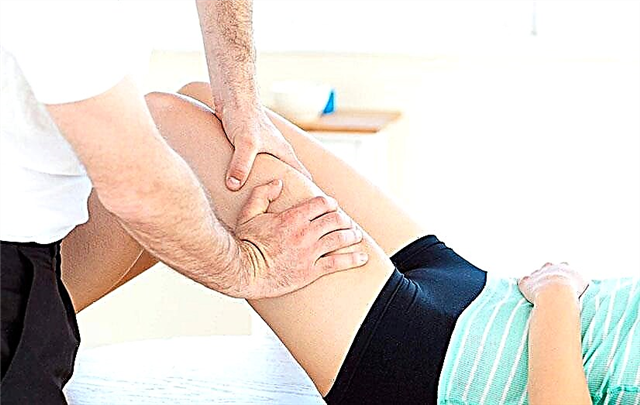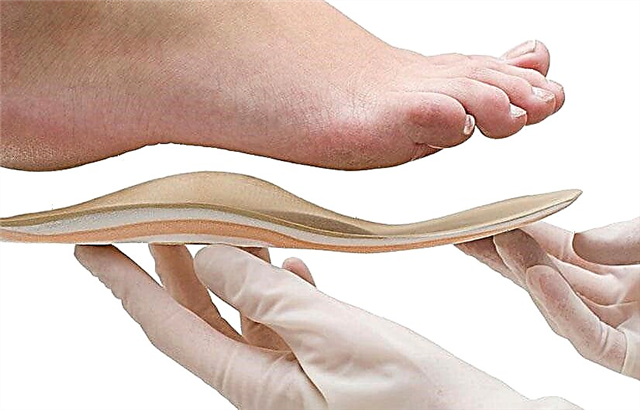Sport in the modern world for most people plays a big role in life, for some it is just a hobby, for others it is work and the meaning of life. Many have come across the concept of cadence, but not everyone knows what it is. How it is calculated and what it is for.

What is cadence?
Any action that occurs with periodic frequency is called cadence. For cyclists, this is the frequency of pedaling by an athlete, and in running, the number of contact of the feet and the ground during a run in 60 seconds.
This is one of the most important indicators of a quality running, it is good because it can be taken under control. In running, cadence plays a very important role, especially for athletes. It directly depends on how the distance will be covered and how running will affect the athlete's pulse.
Why is it important?
The number of steps directly affects the technique and running speed, the more often the leg touches the ground, the faster the pace will be. High cadence reduces the likelihood of injury to the athlete.
The high cadence rate reduces stress on the heart and joints. There is an increase in the quality of running, with the help of high-frequency contact with the ground, the runner spends much less energy.
How is it measured?

Before you start working on improving the cadence (rhythm), you need to determine its frequency. Rhythm is measured in the number of steps or steps you take when you run. The value of the number of steps is counted by contacts per minute of two legs and the ground, and steps are indicated by the number of one foot.
You can try to run for half a minute, count the number of steps and multiply the result by half. To calculate the average, the procedure will need to be repeated several times.
Thus, the result of touching one leg and the ground in a minute will be calculated; to obtain the number of touches of two legs, you need to double the calculated result in a minute. This method of counting is considered very accurate, but inconvenient.
You can use modern devices, they can be watches or sensors for shoes, which transmit all the information received to the gadget. Some runners use special programs for smartphones (metronome), of which there are many.
Optimal cadence

Most athletes run at 180 steps per minute or 90 steps. This amount is considered optimal, but other indicators also affect the result. A tall person with a lower cadence will perform better and run faster than a short runner with a higher cadence.
Cadence is divided into two categories based on the number of steps:
- amateur (less than 180);
- professional (180 and more).
For professionals wishing to take first places in the competition, a running rhythm of 190-220 steps in 60 seconds is established. Amateurs, on the other hand, aim for 180, but in normal cases their cadence is between 160 and 170.
The optimal number of strides when running depends on your pace. If the running speed is low, then the cadence for light running over long distances may differ by 20 or more steps. With a high-speed run, the rhythm value should not be lower than 180, if the indicator does not show the optimal cadence, then it is necessary to train the frequency and improve the performance.
The optimal cadence is calculated during a run as follows:
- it is necessary to perform warm-up and training, warm-up run;
- run for half a minute and count steps;
- the result obtained should be doubled;
- multiply the final number by 5%.
The resulting number is considered the optimal cadence for the runner to aim for. The same procedure must be done for different types of running and distances. This will determine the optimal rhythm, the runner needs to strive for it, and in the future adhere to it.
Running rhythm control

The running rhythm affects the heart rate; at first, with a high cadence, the heart rate can rise significantly. The rate of contraction of the heart muscle increases with increasing running rhythm. The higher the cadence, the stronger the heartbeat.
Every professional or novice runner needs to know his heart rate while running. The maximum number is 120-130 beats per minute. If the mark reaches 150-160 and the runner feels normal, then this is not the limit for him.
How to keep track of your running rhythm?

You can follow the rhythm of your run using music tracks set to a specific cadence. Each piece of music has a specific tempo, measured in beats per minute (BPM).
For jogging, works with an even pace are great. The music chosen for the run must match the runner's cadence exactly. This is necessary so that the runner does not get lost with the given running rhythm and gets tired as little as possible.
At the present time, there are various programs that determine the BPM of a music track. If the athlete adheres to a certain cadence, for example 170, then the piece of music must also have 170 BPM. When working on increasing the cadence, the songs need to be selected 2 BPM higher than the usual rhythm, melodies with a rise rate are also suitable. If you need intervals when jogging, then the tunes should alternate between fast and slow.
Music tracks can be selected independently or using special running applications (music). The application independently selects tracks in accordance with the specified BPM. Some apps are capable of adjusting the music to the runner's speed. Music is selected on the go with a good Internet signal. This feature is meaningless for training runs with a target cadence.
You can also use the metronome to control your running rhythm. With this free mobile phone app, you can adjust the cadence number and compare it to the metronome. You can purchase a special metronome for measuring cadence; such a device is attached to the athlete's belt.
How to increase it?
To achieve the set goals for increasing cadence, it is necessary to conduct training, perform exercises specially designed for this, developing joints. It is recommended to run in place while lifting your hips high and accelerate downhill.
- For the first exercises, you need to stand against the wall at close range and run in one place with maximum cadence for a minute. To increase the rhythm, one can imagine that the finish is close and the athlete needs to come first.
- In order to speed up the descent downhill, you need to find a slope and go down several times at a fast pace. For the best result, the maximum acceleration should be done towards the end of the slope.
- You can use quick and short steps as an exercise. On a short distance of 10-15 meters, you should try to make the greatest number of short steps. The exercise is repeated at least 5 times.
- It is necessary to make short runs (30 sec., 1 and 2 min.), Counting the number of steps taken. You should jog between sets of runs.
As a result of these exercises, the runner will have an increased pace and less effort.
It is necessary to increase the running rhythm gradually, by about 3-5% of the existing rhythm. When the athlete increases his performance in the cadence, the result should be consolidated within 1–2 weeks, and only then can we strive for the next indicator.
All workouts must be consolidated in order to accustom the legs to faster movement.
Beginner runners should never overload their bodies, this can lead to serious consequences. The cadence increases gradually, in order to count the number of steps, various devices and self-counting are used. While running, you can adjust and cadence tempo using music or hands. When the arms are bent at an acute angle, the cadence increases.
In the modern world, you do not need to constantly count the number of steps yourself, you can download the program to your phone and use it to tune in to the desired rhythm. You can purchase a device that will show what rhythm an athlete has, and with the help of music programs, it is possible to increase your performance by listening to pleasant music to your liking.
It must be remembered that all people have a different organism and it happens, for some cadence 190 is considered the norm and there is no deterioration in well-being. For others, complications begin at 150.









